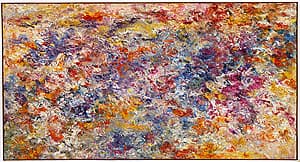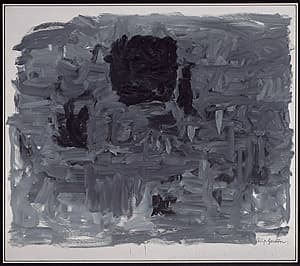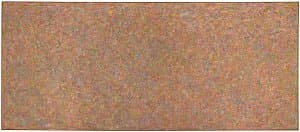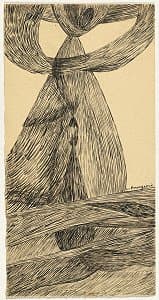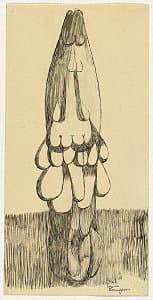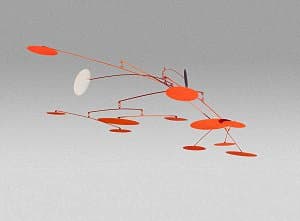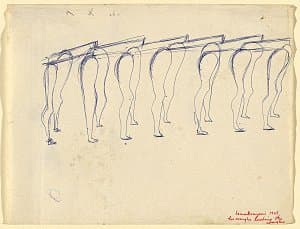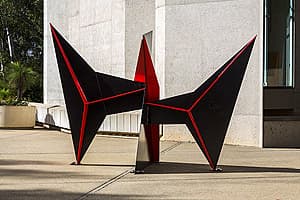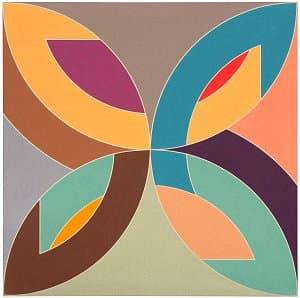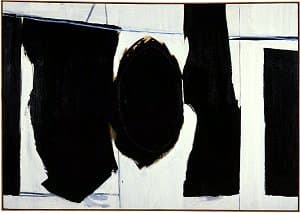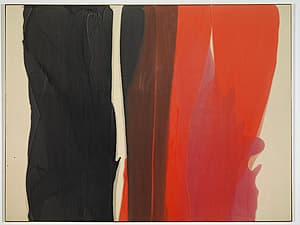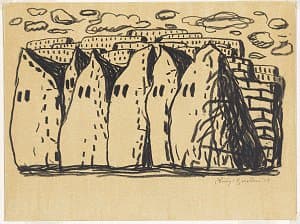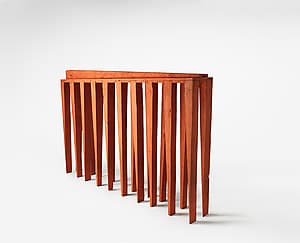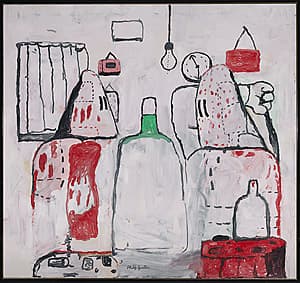Colour-field Painting / Post-Painterly Abstraction
- Louise Bourgeois
- Alexander Calder
- Philip Guston
- Al Held
- Morris Louis
- Robert Motherwell
- Milton Resnick
- Jon Schueler
- Frank Stella
By the early 1960s critics were looking for another group of artists to be inducted into the canon of postwar American painting. Post-painterly abstraction was the label invented by the influential art critic Clement Greenberg to encompass a rather diverse array of painters whose work, he argued, exhibited a perceptible ‘clarity and openness’.[1] The decade ushered in a new generation of so-called colour-field and hard-edge painters. Those artists who came to the fore in the 1960s were more likely to be American born and bred, although this did not preclude European influences in their work.
The term ‘lyrical abstraction’ gained a short-lived currency around 1970. It was coined to describe a perceived movement among younger abstract painters ‘away from the geometric, hard-edge, and minimal, toward more lyrical, sensuous, romantic abstractions in colors which were softer and more vibrant’.[2]
Yet as the 1960s came to a close, debates within the field of painting were of less importance than the apparent survival of painting itself, which was under siege on a number of fronts: from Pop art, then from Minimalism and Conceptual art. Political and ideological concerns displaced questions of aesthetic judgement as the principal issues driving artistic practice from the 1960s. In the cold war climate, postwar American abstract painting, officially promoted abroad, shifted from being the ‘radical’ vanguard to the status quo.
[1] See Clement Greenberg, ‘Post Painterly Abstraction’, reproduced in Clement Greenberg, The collected essays and criticism. Volume 4: Modernism with a vengeance, 1957–1969, The University of Chicago Press, London, 1993, pp 192–7.
[2] Larry Aldrich, ‘Statement of the exhibition’, in Lyrical Abstraction, Whitney Museum of American Art, New York, 1971, np.



